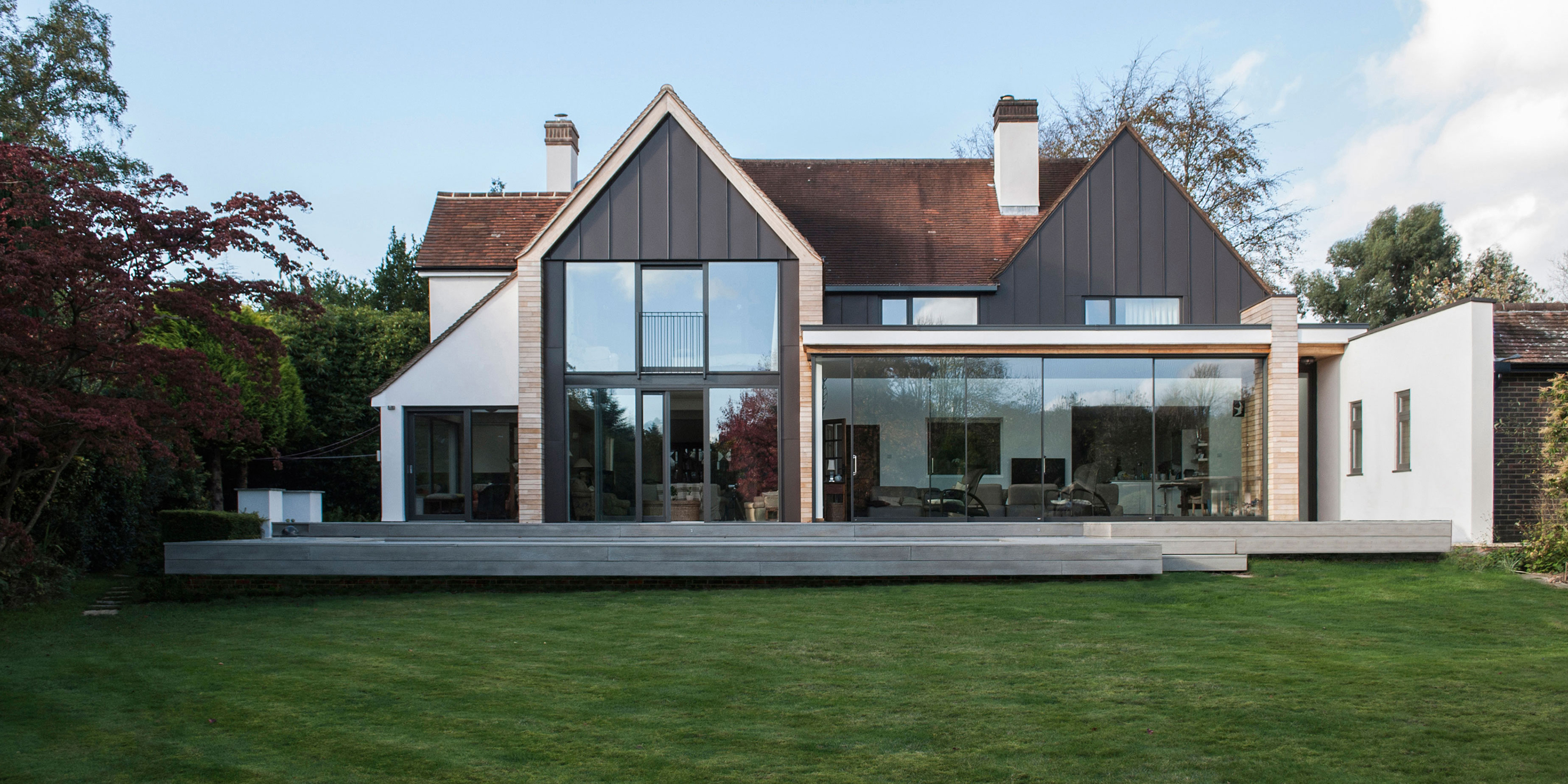It’s a common assumption that terms are interchangeable, particularly in relation to new build housing. This is a simple guide to explain the difference between outline planning and permission in principle in basic terms, and which route might be the most suitable for your project.
In short, they are essentially very similar. However, permission in principle was only introduced very recently (2016) and specifically for small scale housing developments.
Featured image above – self-build design by Silviu, architect from Reading. Click here to see more and shortlist them for your home project.
Permission in principle
Permission in principle is only applicable to developments with the following features:
- 1 – 9 dwellings
- a total development of under 1,000 square metres
- a site of under 1 hectare
- some non-residential use may be included, but housing must occupy the majority of the floorspace and the non-residential use must be compatible with the housing, e.g. retail, office space, community use.
The permission in principle route is split into two stages:
- Stage 1 (permission in principle stage) establishes whether the site is suitable for the proposed development in principle
- Stage 2 (technical details consent) is where the technical details are assessed. This consent must be gained before development can proceed.
Once permission in principle has been granted, you will have three years in which to apply for technical details consent (five years where permission is granted through allocation on a brownfield land register). These timescales can be varied by the planning authority, but they must provide justification for doing so.
Further details on permission in principle can be found on the government website here: https://www.gov.uk/guidance/permission-in-principle
Outline Planning
Outline planning permission is very similar to permission in principle. However, it’s been around for much longer and is not limited to small housing developments.
- Stage 1 (outline planning consent) – as with permission in principle, this establishes whether the proposal will be accepted in principle.
- Stage 2 (reserved matters) – also, as with permission in principle, this is the stage in which the detailed design is submitted for approval.
Pros and cons of outline planning and permission in principle:
- If you are planning a self-build or small house development project, you may be wondering what the benefits the new permission in principle route provides? Essentially, permission in principle was designed to be a more simple and cost effective route for developers to assess the feasibility of sites for development. The overall cost and therefore financial risk should be less, due to level of information required and therefore the associated professional fees.
- However, some may take the view that due to the reduced level of information required for a permission in principle application, local planning authorities might be more cautious when deciding on the amount of acceptable development at this stage.
- There is also a thought that there is less design flexibility in the technical details stage.
Which planning route is right for your project?
The best way of assessing which route to planning permission is right for your project is to get professional advice from an architect or planning consultant. They can assess your brief and weigh up the best route for your particular situation.



